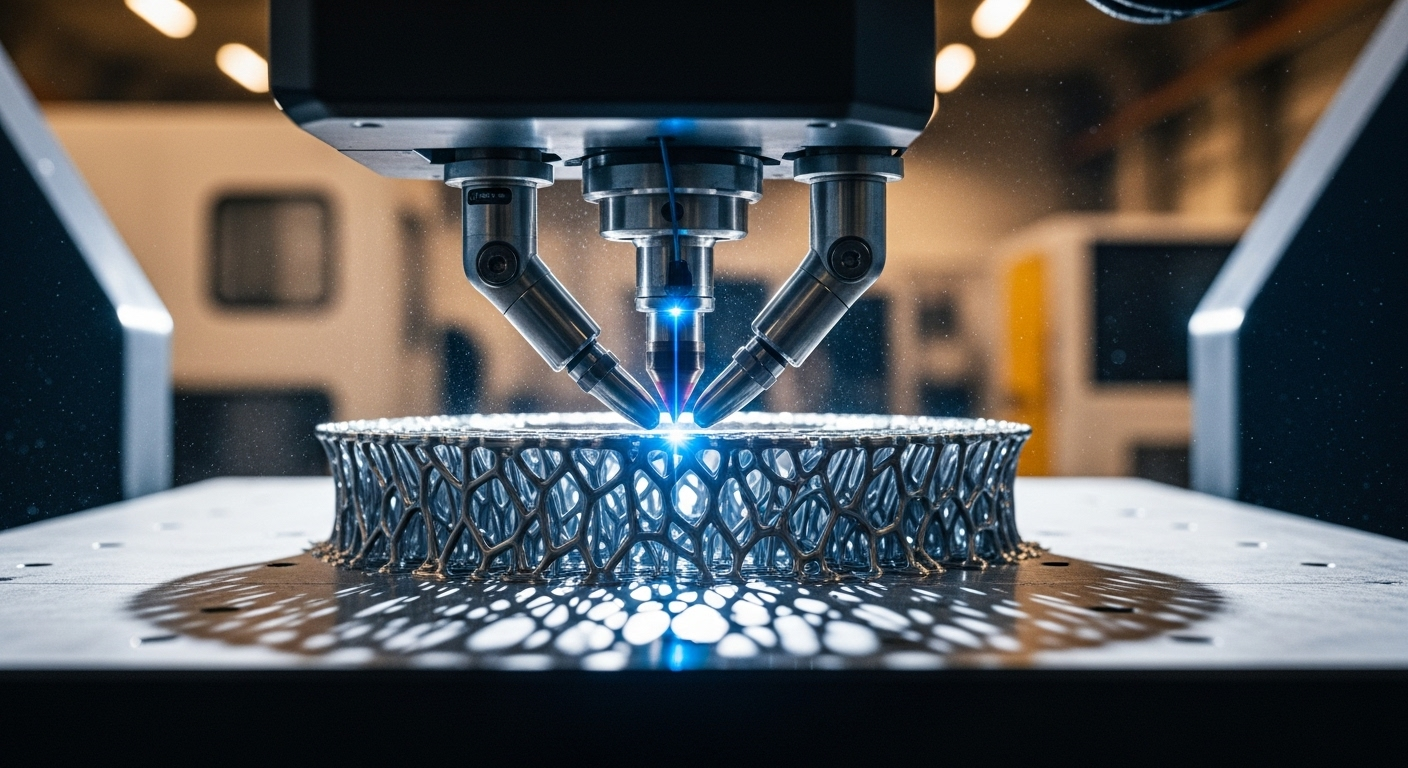Neon Renaissance: Illuminating the Art World's Electric Revival
In the pulsating heart of contemporary art, a luminous revolution is taking shape. Neon, once relegated to the realm of kitschy signage and retro aesthetics, has surged back into the spotlight, captivating artists and audiences alike with its ethereal glow. This resurgence of neon in fine art is more than just a nostalgic nod to the past; it's a bold reimagining of light as a medium, pushing the boundaries of artistic expression and challenging our perceptions of space, color, and form.

From Kitsch to Contemporary: Neon’s Artistic Evolution
As the 20th century progressed, neon art experienced ebbs and flows in popularity. Often associated with the gaudy excess of Las Vegas or the gritty urbanity of film noir, neon struggled to shed its commercial connotations. However, a new generation of artists has begun to redefine neon’s role in contemporary art. By combining neon with other media and exploring its conceptual possibilities, these creators are elevating the humble gas-filled tube to new heights of artistic sophistication.
The Technical Mastery Behind the Glow
Creating neon art is a delicate dance of science and craftsmanship. Artists must work closely with skilled glassblowers to bend tubes into precise shapes, then fill them with noble gases like neon, argon, or krypton. The color palette, while seemingly limited, can be expanded through the use of different gases, phosphor coatings, and colored glass. This technical complexity adds a layer of intentionality to neon art, with each bend and flicker carefully considered by the artist.
Illuminating Social Commentary
Beyond its aesthetic appeal, neon art has proven to be a powerful tool for social commentary. The medium’s association with advertising and consumerism makes it particularly effective for critiquing modern society. Artists like Tracey Emin have used neon to explore themes of love, sexuality, and personal identity, while others employ it to comment on political issues or environmental concerns. The contrast between neon’s cheerful glow and often sobering messages creates a compelling tension that resonates with viewers.
Neon in the Digital Age
In an era dominated by digital screens and LED displays, neon offers a refreshingly tangible and analog experience. Its warm, imperfect glow provides a counterpoint to the crisp perfection of digital imagery. This juxtaposition has not gone unnoticed by artists, who often incorporate neon into multimedia installations that blur the lines between the physical and digital realms. As our world becomes increasingly virtual, the physicality of neon art grounds us in the present moment, inviting contemplation and sensory engagement.
The Environmental Considerations of Neon Art
As with any art form, the environmental impact of neon art has come under scrutiny. Traditional neon tubes contain small amounts of mercury, raising concerns about disposal and energy consumption. In response, many artists are exploring eco-friendly alternatives, such as LED-based neon-style lighting or repurposed vintage neon signs. This shift towards sustainability reflects a broader trend in the art world, where environmental consciousness is becoming increasingly integral to artistic practice.
Neon’s Influence Beyond the Gallery
The resurgence of neon in fine art has had a ripple effect across various creative industries. Fashion designers, interior decorators, and even musicians have embraced neon’s aesthetic, incorporating its vibrant hues and ethereal glow into their work. This cross-pollination of ideas has further cemented neon’s place in contemporary visual culture, blurring the lines between high art and popular design.
The Future Shines Bright for Neon Art
As we look to the future, the trajectory of neon art appears as luminous as ever. Emerging technologies like flexible OLED displays and advanced plasma tubes promise to expand the possibilities of light-based art even further. Meanwhile, the enduring appeal of traditional neon craftsmanship ensures that the medium will continue to evolve while maintaining its unique character. Whether pushing the boundaries of technology or revisiting classic techniques, neon artists are poised to illuminate the path forward for generations to come.




